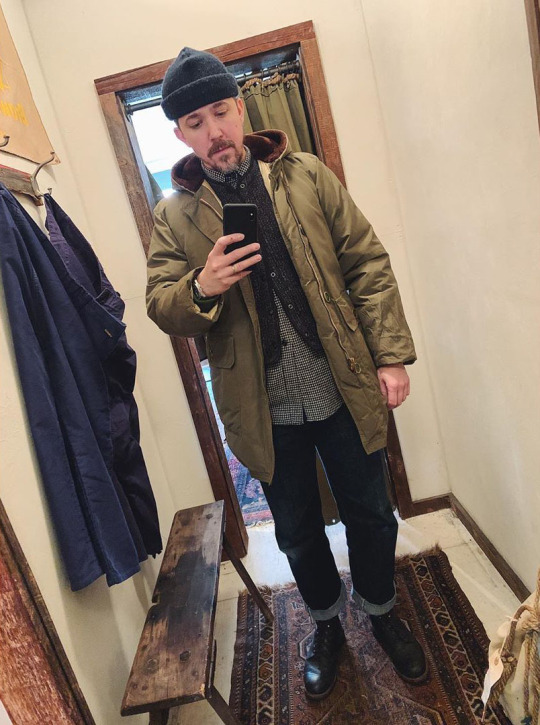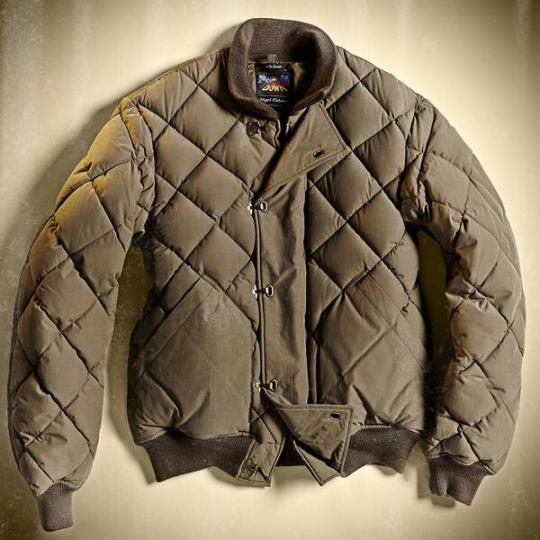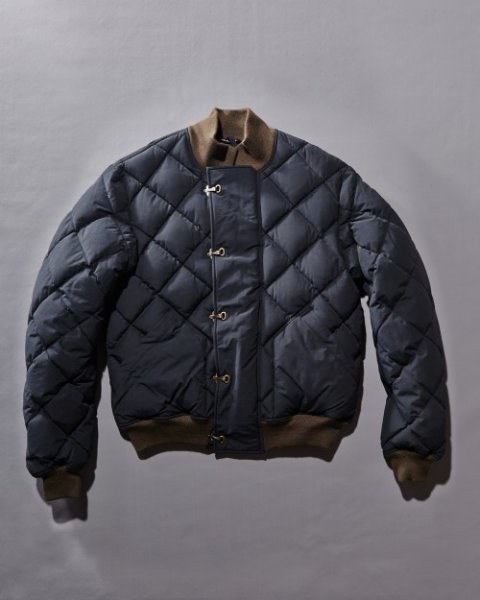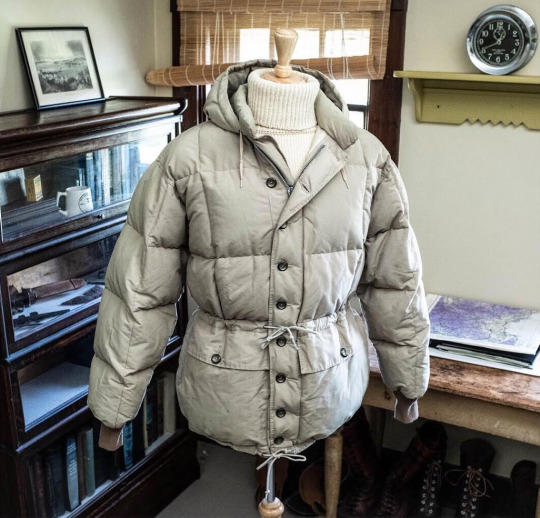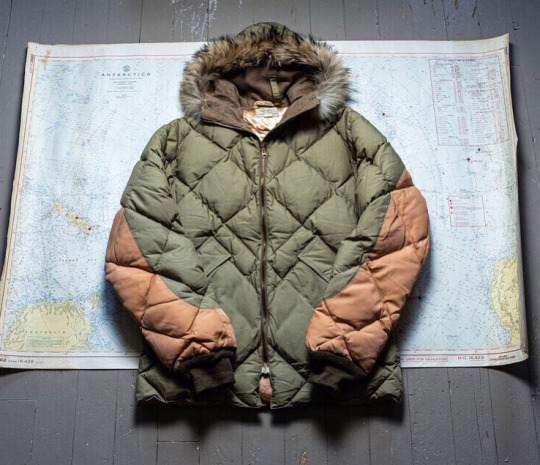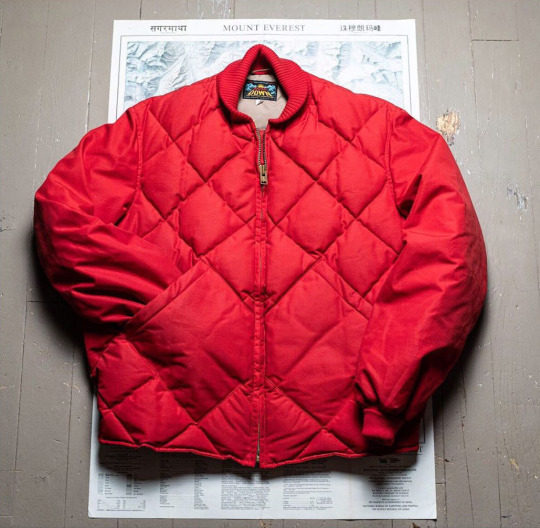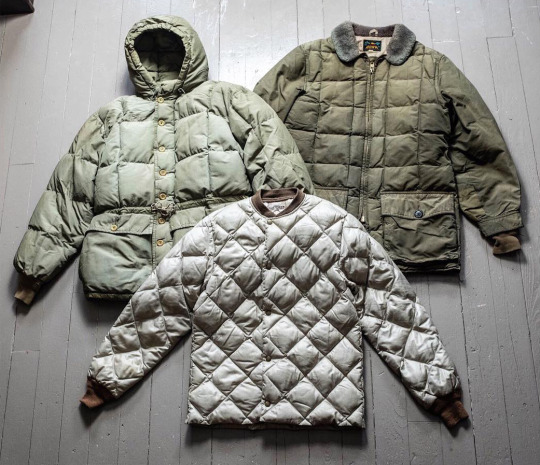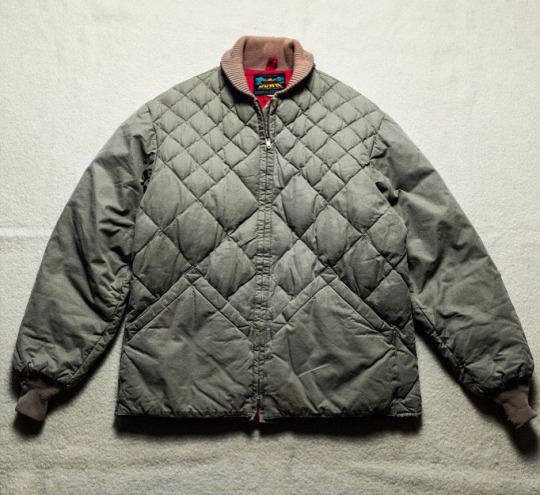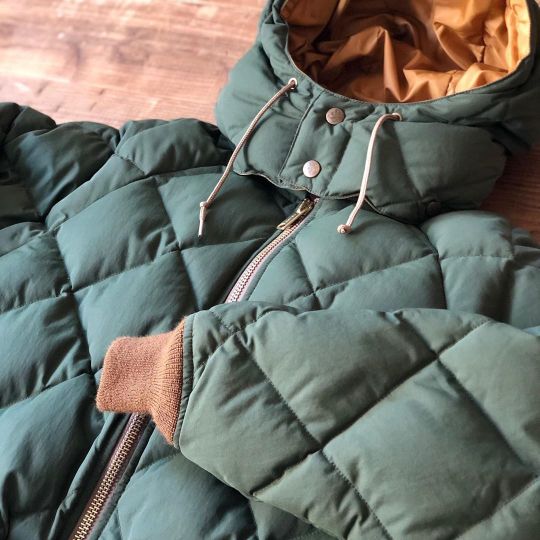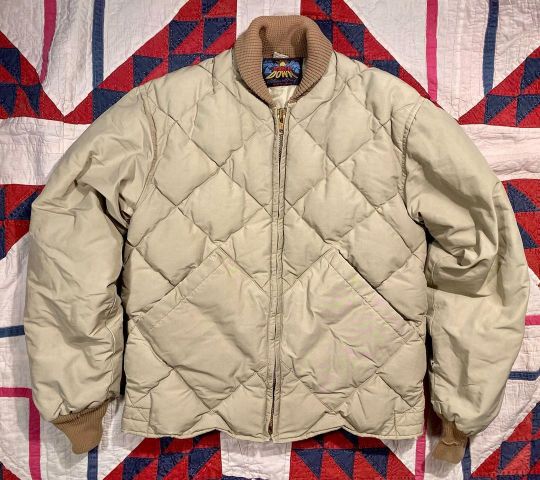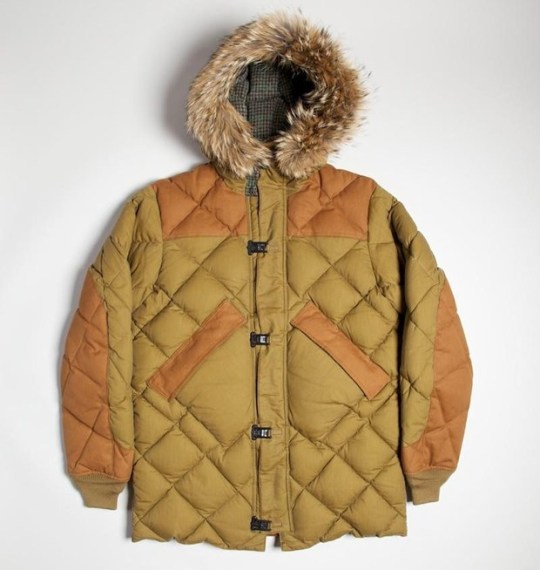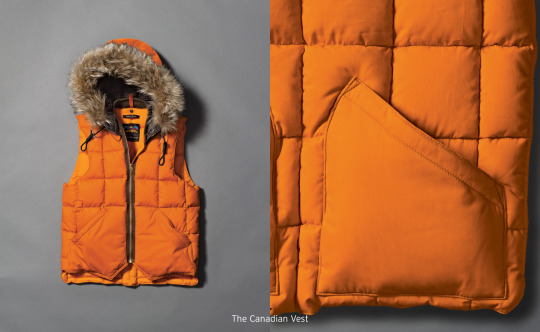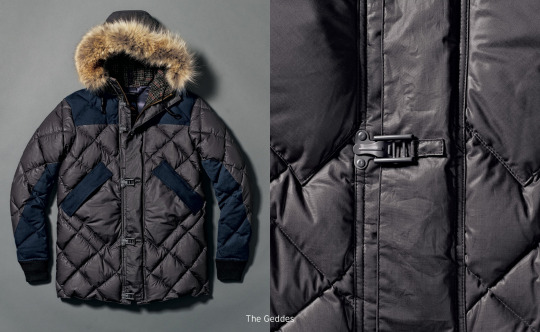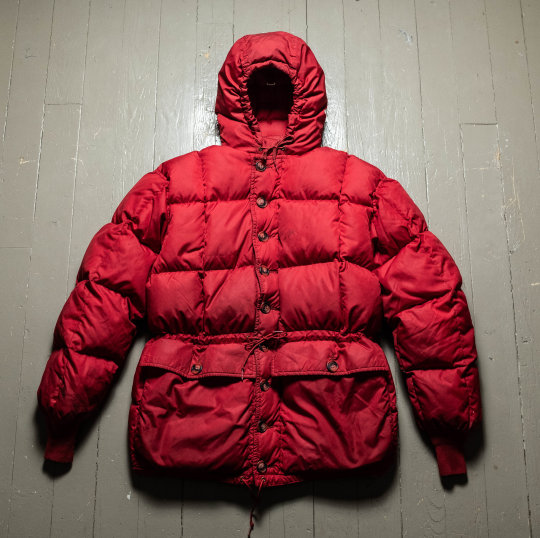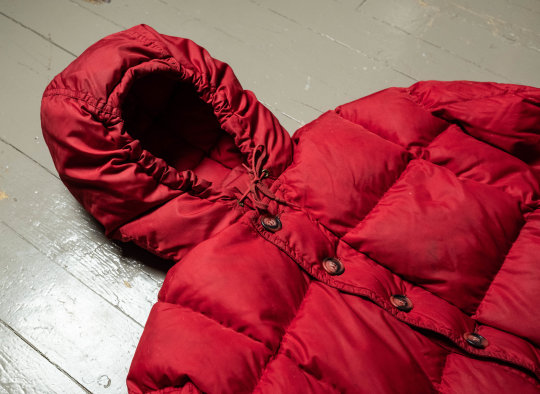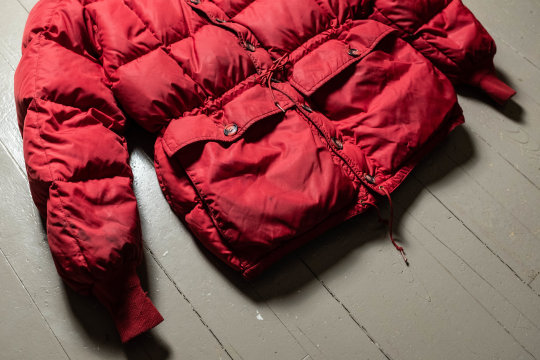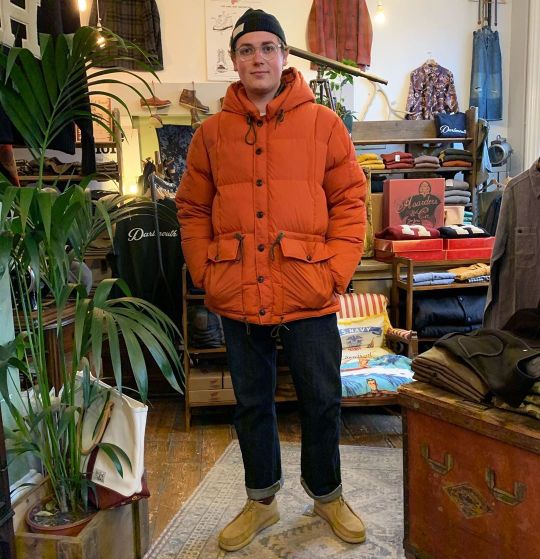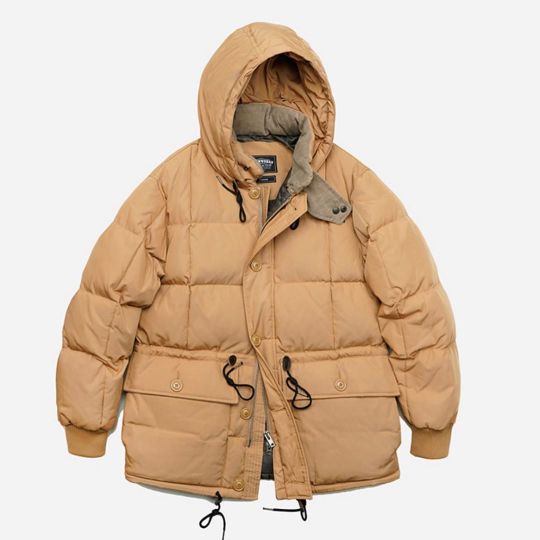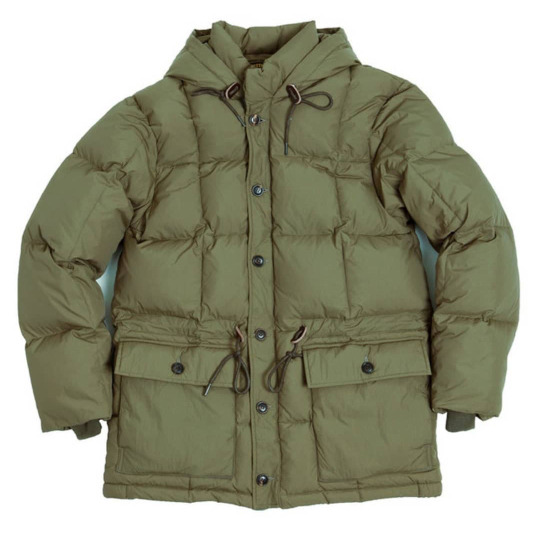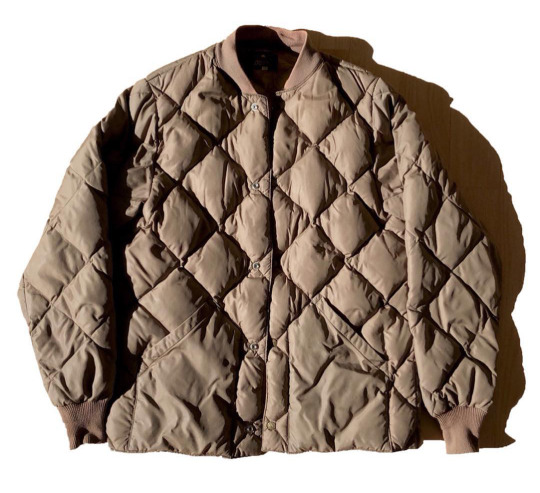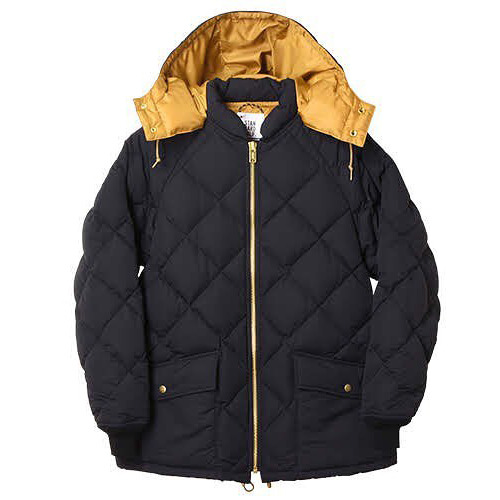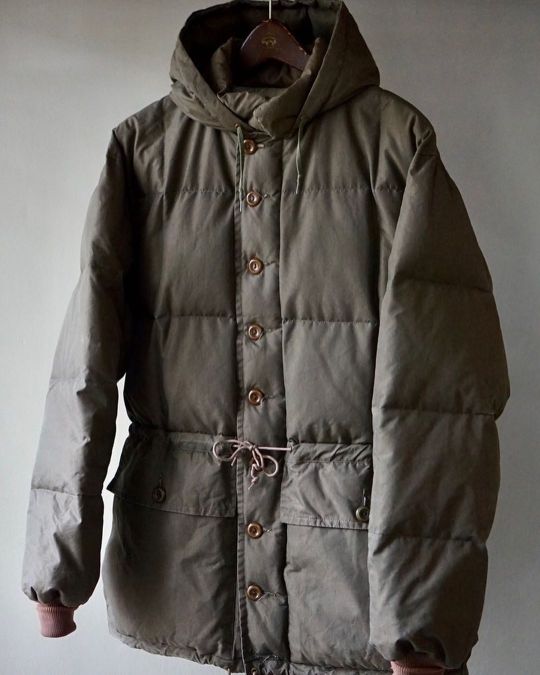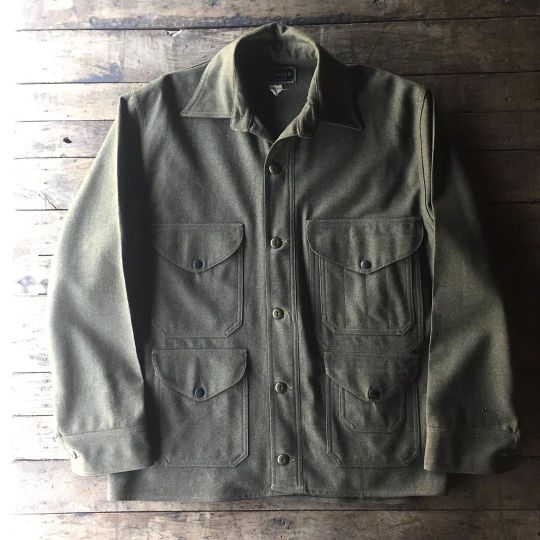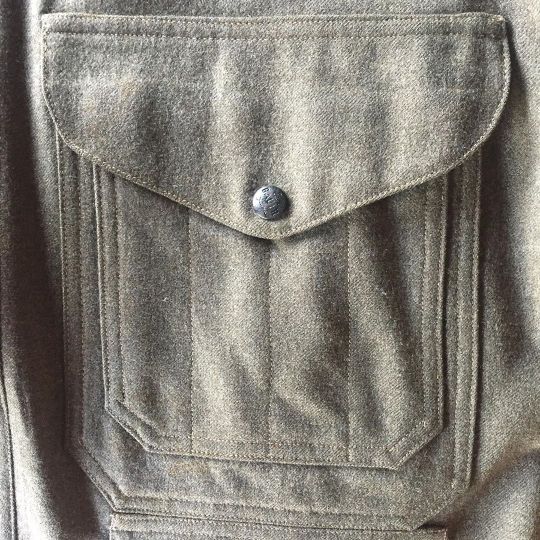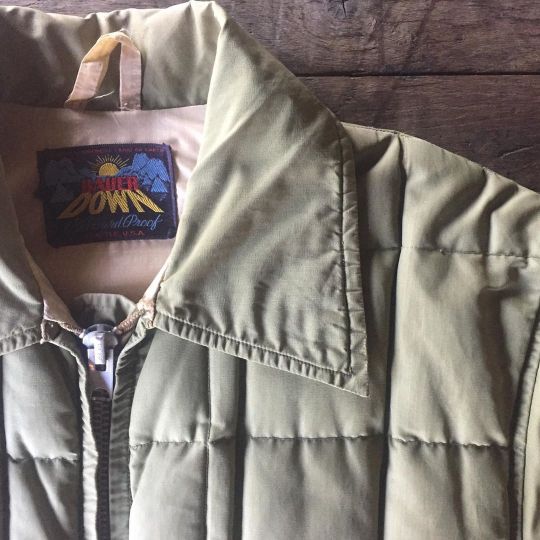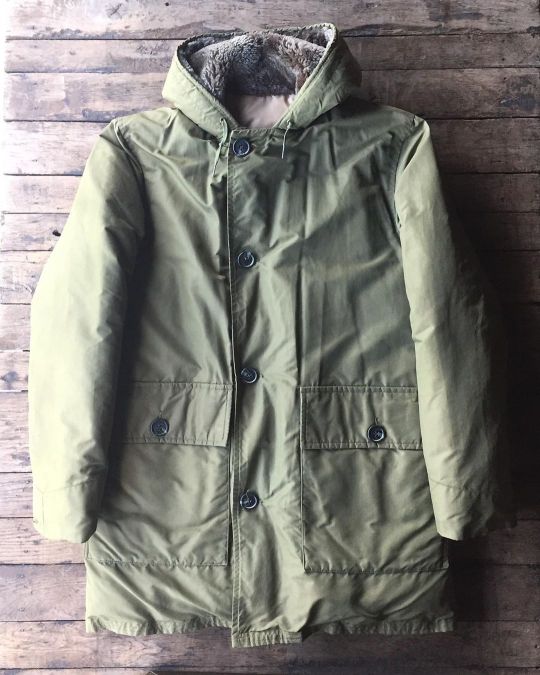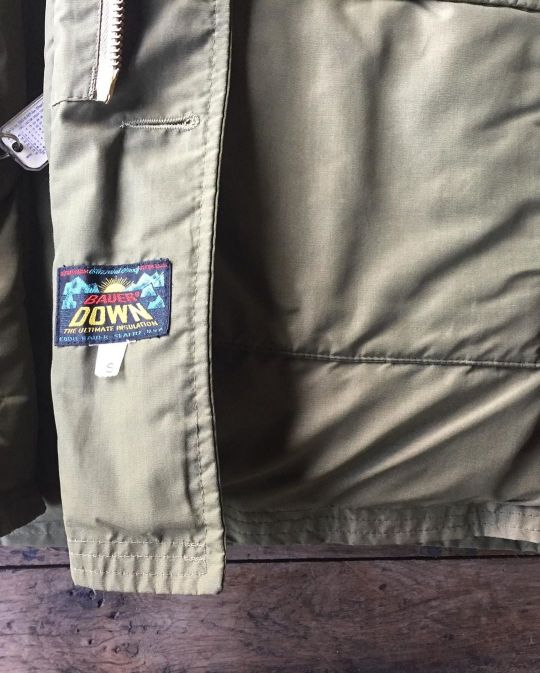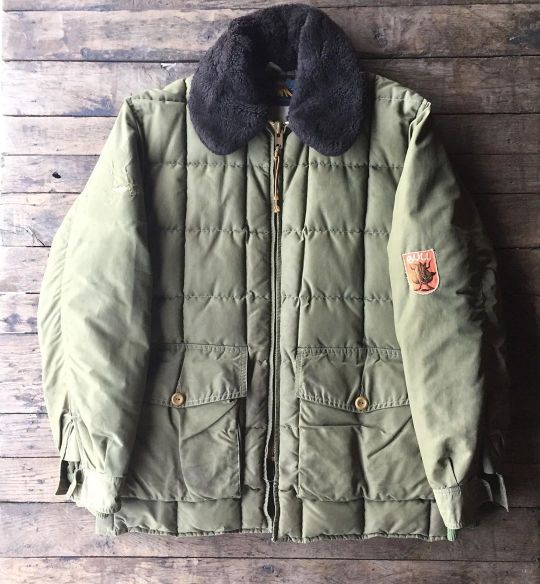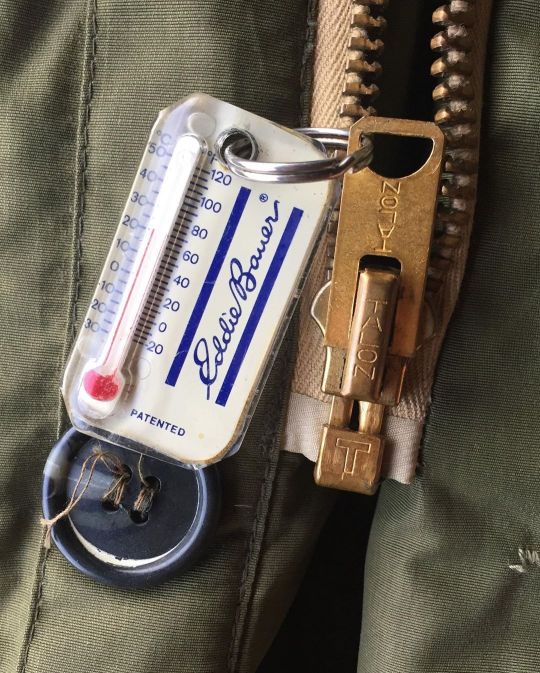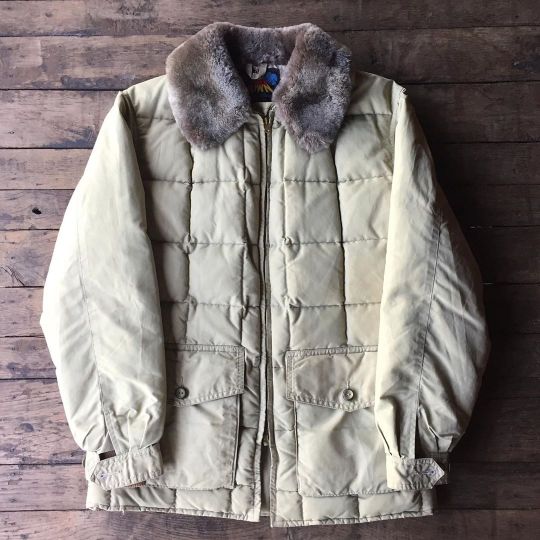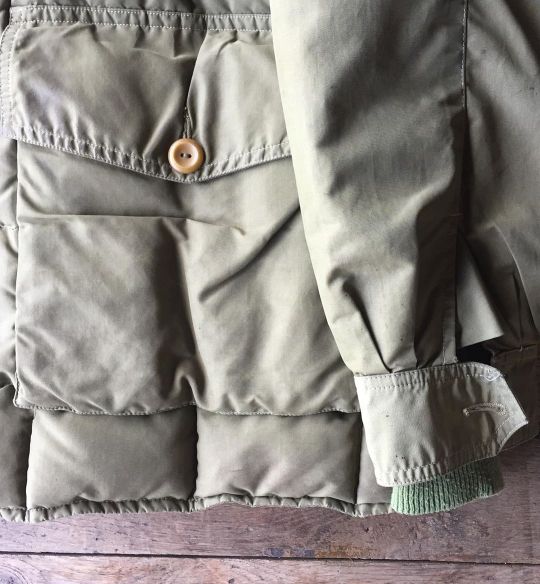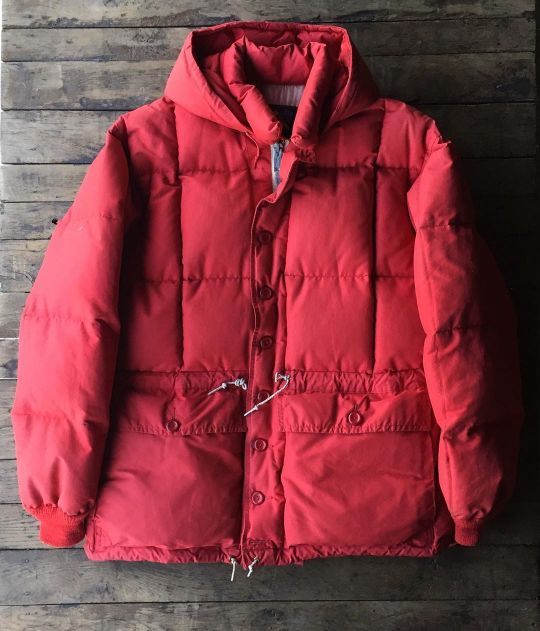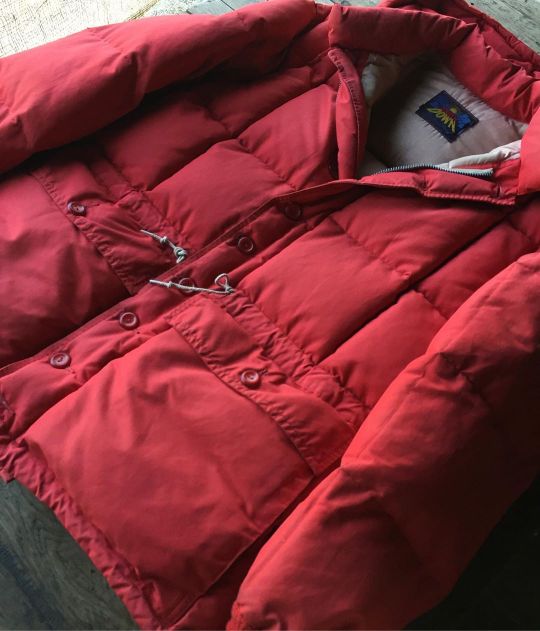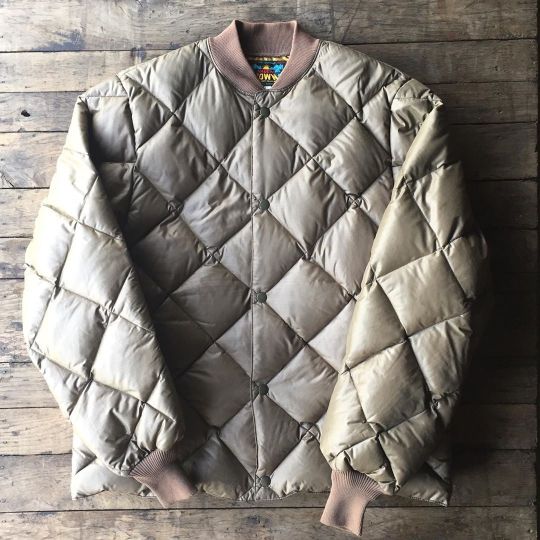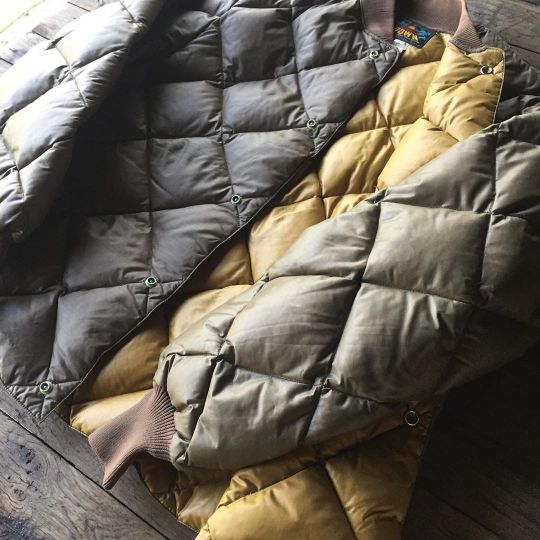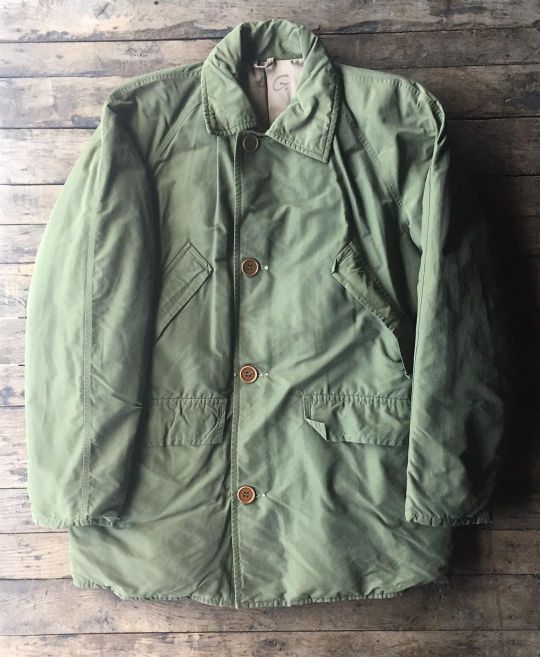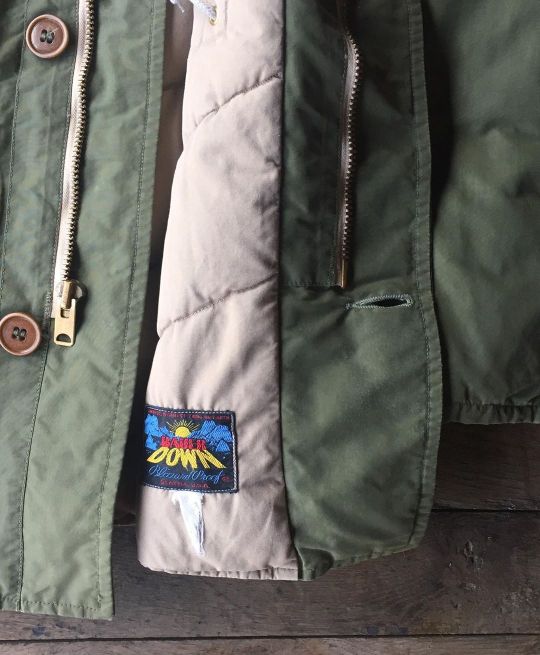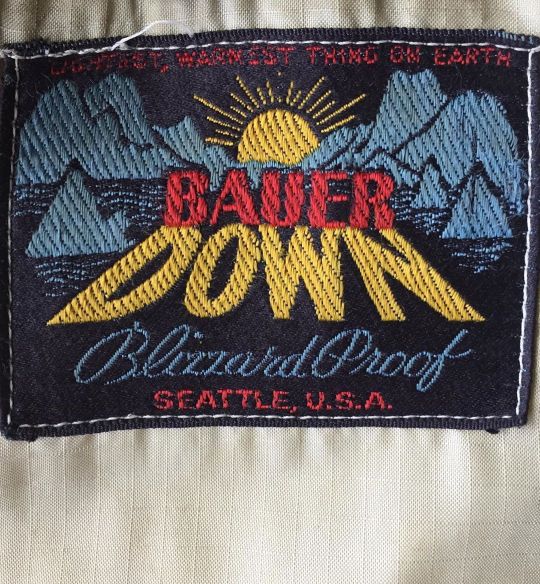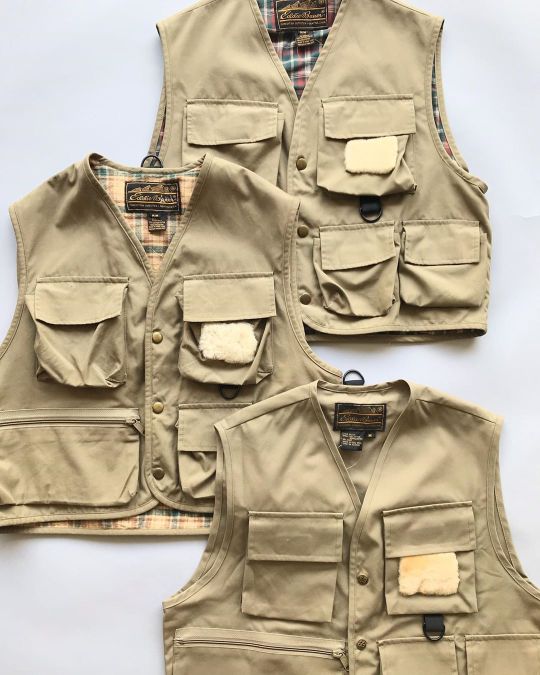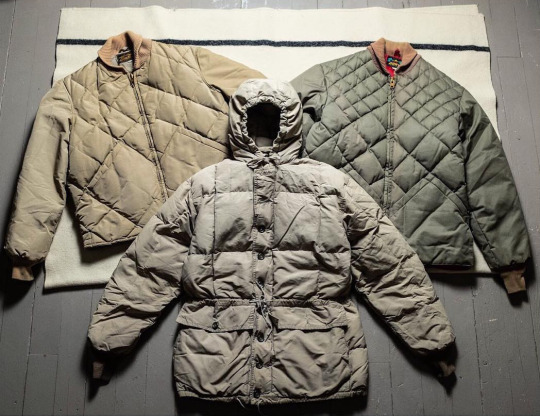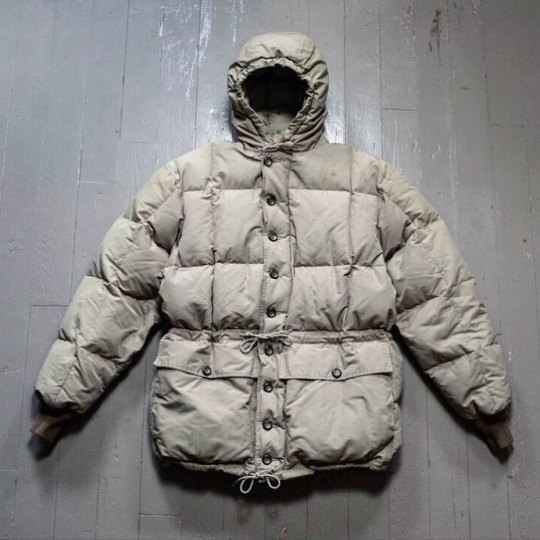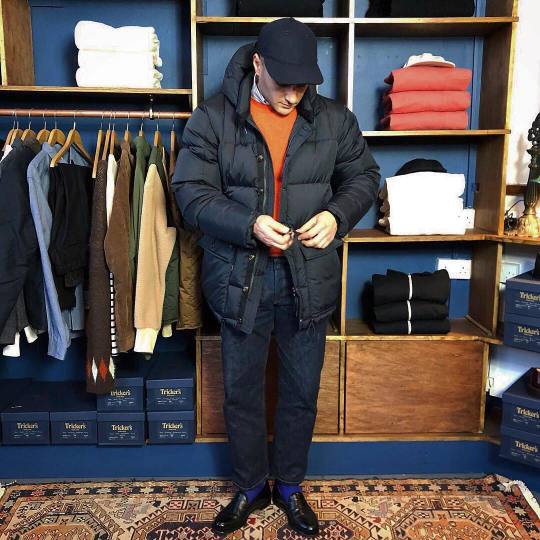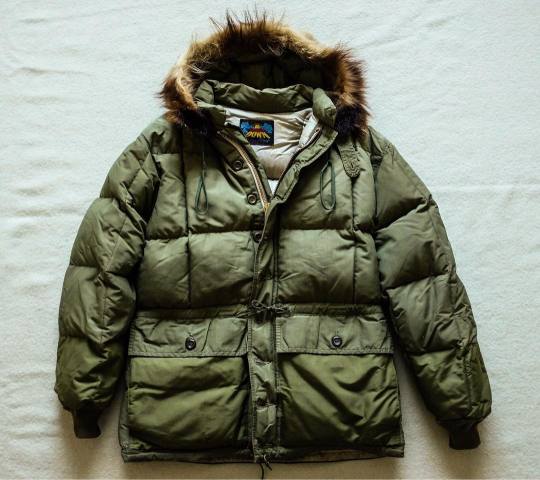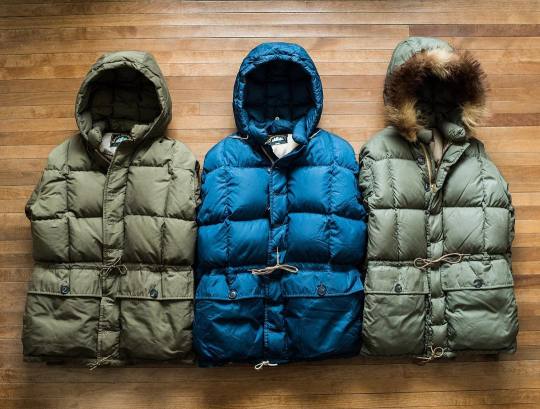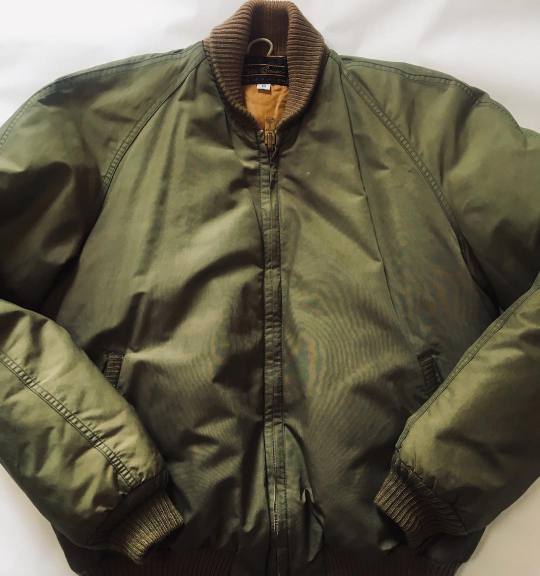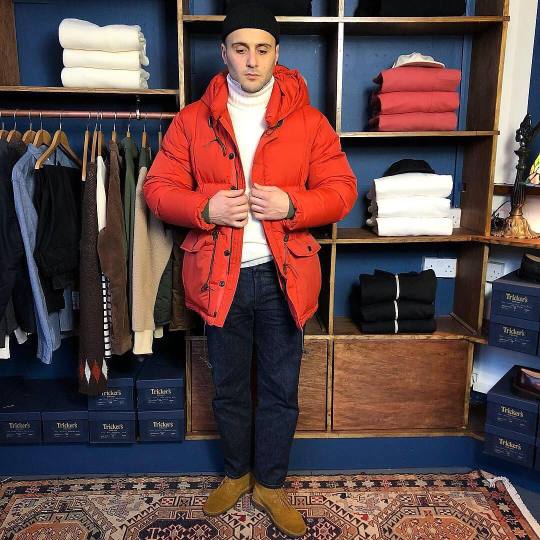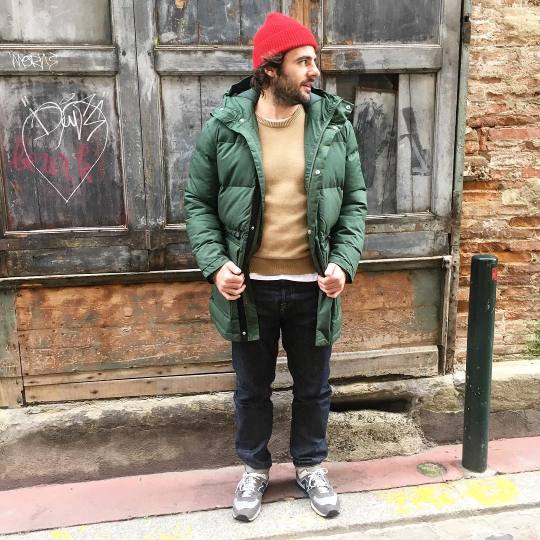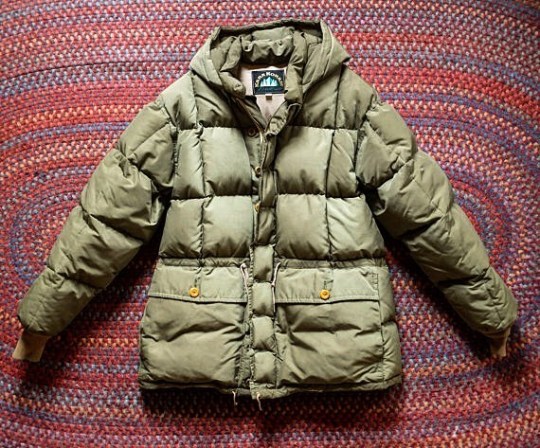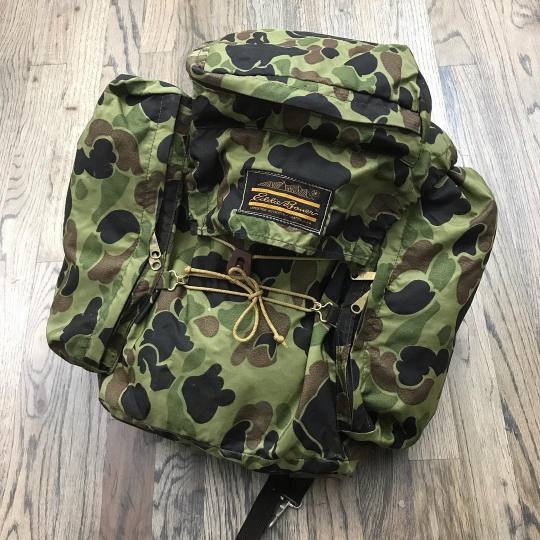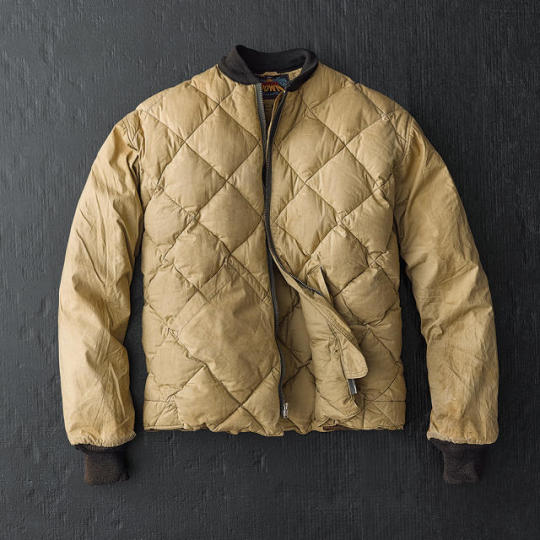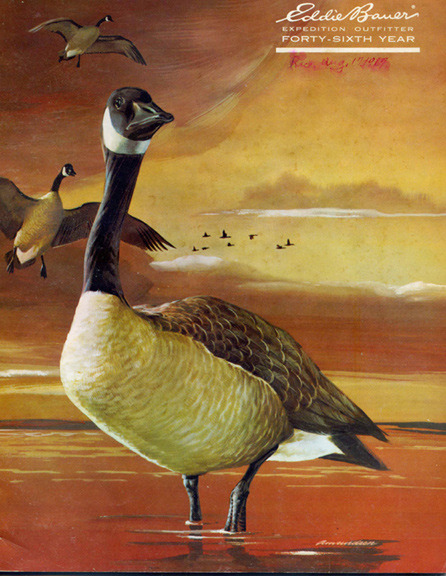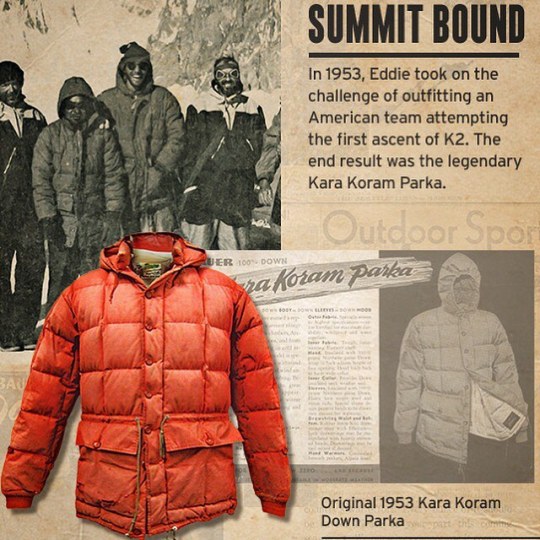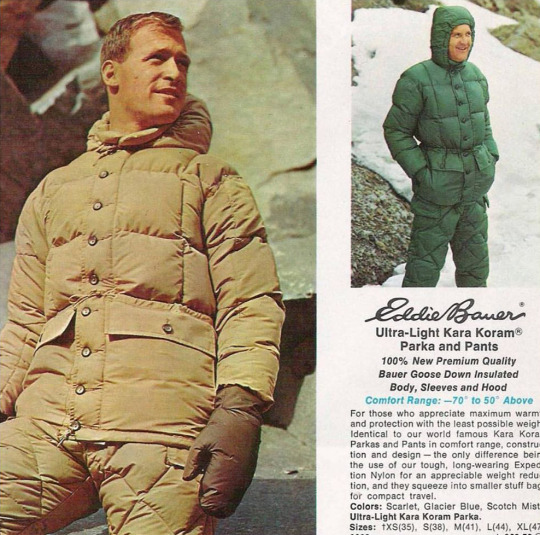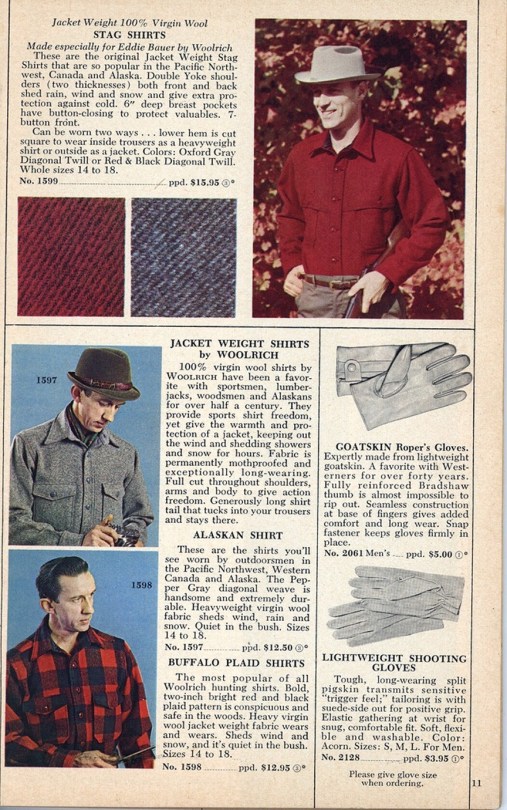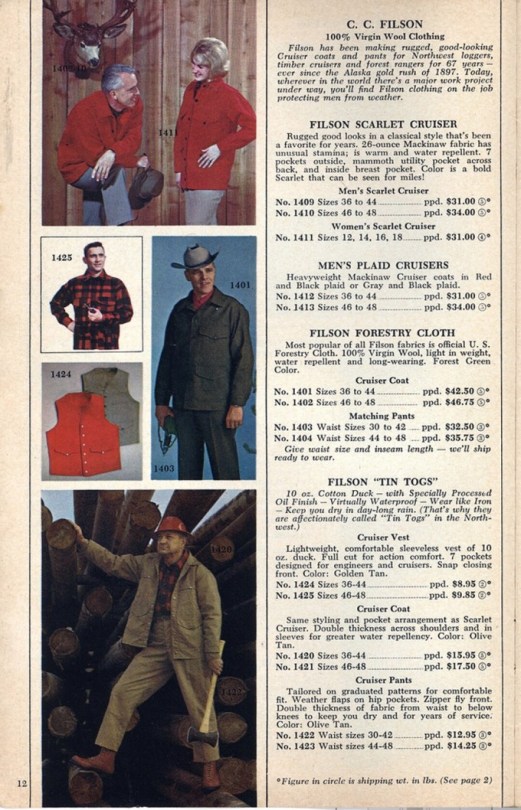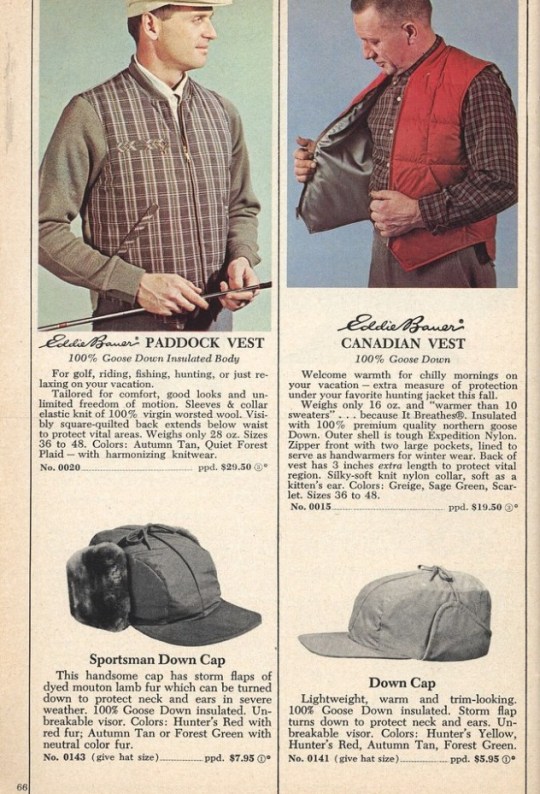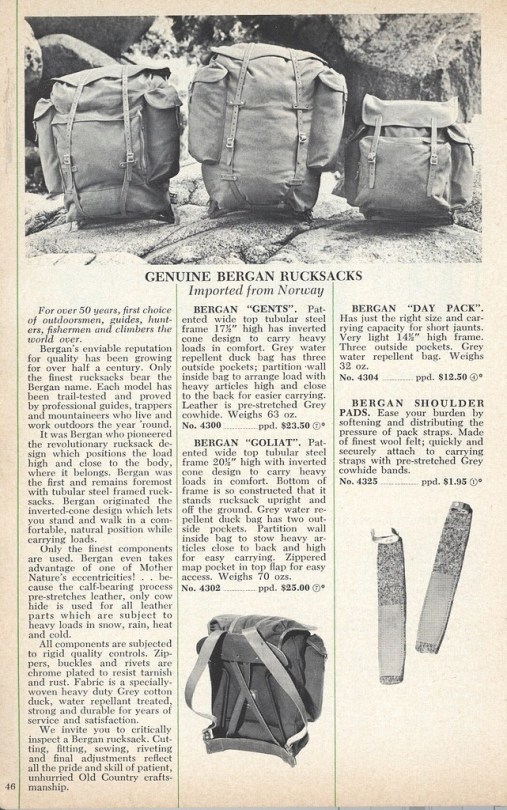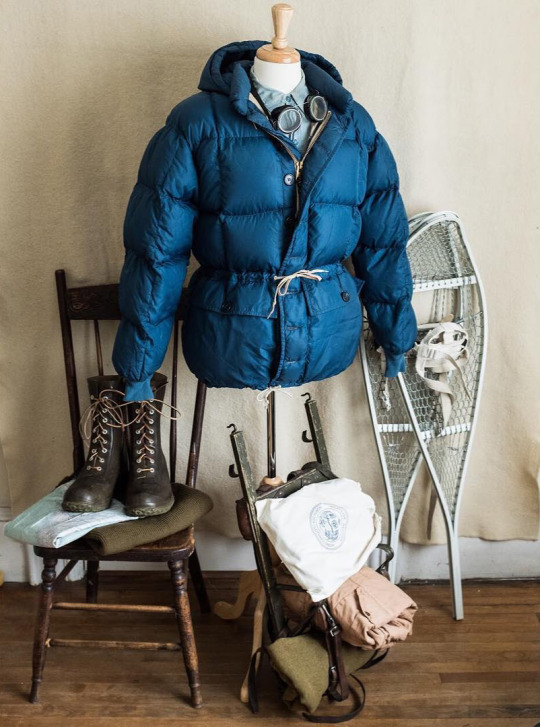
When it comes to American style, few companies tower over our history like Brooks Brothers. After all, it was out of their Manhattan store where many Americans first bought their oxford button-downs, polo coats, penny and tassel loafers, Shetland sweaters, bleeding madras, and natural shouldered suits. Brooks Brothers figures so strongly into our cultural identity, they even shaped how we discuss clothing.
The sack suit, for example, is not called so because it fits like a sack. Instead, it’s a tailoring term that Brooks Brothers picked up in 1901 to advertise their “No. 1 Sack Suit.” During the Victorian era, the term sack — sometimes spelled sac or saque — referred to how the garment is made with two relatively straight back panels, rather than the four curved pieces that shape the back of a frock coat, morning coat, or tailcoat. Brooks Brothers followed in that utilitarian tradition when they made their first-ever mass-produced item for men, which was first worn by store clerks before it made it into corporate boardrooms. Brooks Brothers’ No. 1 Sack Suit carried men from the turn of the 20th century into the “jazz clubs of the Roaring Twenties, through the dark days of the Great Depression, on to college campuses in booming postwar America.” Consequently, the suit’s name also became shorthand for Ivy Style. Technically, all suits are a sack cut, but a sack suit refers to a particular iteration made famous by this New York clothier.
When it comes to a more casual style, however, many of the more influential companies radiated from up-and-down the West coast. From Levi’s, we get five-pocket jeans and much of American workwear. Lee and Wrangler were to Levi’s what Ivy shops such as J. Press and Chipp were to Brooks. Later came sneakers from Nike, sportswear from Patagonia, and the dream of a leisurely, forever young, California lifestyle from brands such as PacSun, Vans, and Stussy. The other giant is Eddie Bauer, which is now sadly a shell of its former self. For nearly two generations of Americans, however, this Seattle-based company was one of the best sources for down-filled parkas. But it was an accident of history that it was ever American at all.
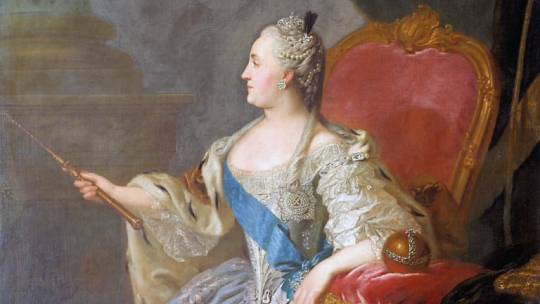
When you put on a down coat this winter, think of Catherine the Great, Empress of Russia. During the 18th century, at a time known as the Russian Age of Enlightenment, Catherine pushed forward a series of liberal reforms. She endeavored to legislate the Enlightenment principles she learned from studying French philosophers, including Voltaire, with whom she corresponded for fifteen years. But notably, Catherine herself was not Russian by birth. Her father, Christian August, Prince of Anhalt-Zerbst, belonged to the ruling German family of Anhalt, and Catherine was born in Prussia. Whether because of her heritage or cosmopolitan leanings, she was sympathetic to Germans fleeing from religious intolerance, poverty, and warfare in Central Europe. So she encouraged their immigration into the Empire and allowed them to build farms around the Volga River Valley region.
Every political movement, however, eventually generates its own backlash. When Tsar Alexander II took power from his father, Nicholas I, he continued many of those same liberal reforms. He abolished Russian serfdom, which emancipated serfs from private estates. But after numerous attempts on his life, and a rising tide of nativism among Russian conservatives, Alexander II acquiesced and started a reactionary period that lasted until the end of his life. He repealed the open-door immigration policy of his predecessors, effectively cutting off any new German immigration into the Empire. And for those German-Russians located around that river, he issued a ukase rescinding their privileges. By the end of the century, many disaffected German-Russians left the country in search of a more welcoming home. Those of the Catholic faith went to Brazil and Argentina. Dissenting Christians went to Canada and the United States.
The Bauer family was among those many migrants. They settled in the Seattle area in 1890, and Eddie Bauer was born on Orcas Island nine years later. Eddie grew up hunting and fishing in Washington, and like many youths of his generation, eventually dropped out of school to take up odd jobs. He worked as a caddy at a country club, chopped wood for neighbors, helped care for the first pheasants imported into the Pacific Northwest, and sold sporting goods at a downtown Seattle store. By age 20, he opened his shop, the Bauer’s Sport Shop, to sell equipment to fellow outdoor enthusiasts.
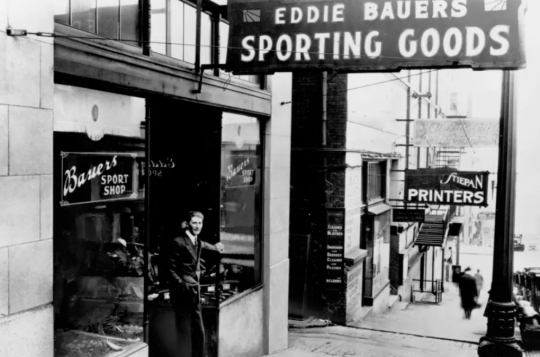
The store rose on Bauer’s reputation as a skilled hunter, fisherman, and accomplished marksman. He often developed apparel concepts while out on his trips into the wilderness and tested products in what he called the “laboratory.” Later, Bauer met Christine Heltborg at a shooting competition, a young woman who he affectionately called “Stine” and would later wed. The duo won state competitions in the individual and couples categories for shooting clay pigeons, all the while bearing patches on their coats that carried the company’s name. The free press that followed helped to bring him even more business as his name traveled across the state and beyond.
When it comes to menswear history, it’s hard to separate truth from fiction. The two are often intertwined in marketing pamphlets and vanity books, and the stories persist because they help sell clothes. But if the legend is to be believed, everything changed for Bauer on a fateful day in January 1935 when he and his trapper friend Red Carlson went fishing for steelhead. On their way back to the car, Bauer was trying to haul 100 pounds of fish out of the river canyon. He was wet from his fishing bag and sweating profusely, so he stripped off his heavy mackinaw jacket. It was snowing that day, however, and Bauer’s wool shirt started to get soaked. Bauer fell behind his friend, leaned up against a tree for rest, and began to feel himself dozing off — the early signs of hypothermia. By the Grace of God, he had a gun with him and the wit to fire two signal shots to alert his friend Carlson to come back. Bauer later wrote that he would’ve been “a goner if my partner hadn’t come along.”
Back home, the incident spurred Bauer into action. He remembered the war stories his uncle, a veteran in the Russian Army, told him when he first arrived in Seattle. Uncle Bauer fought in the Russo-Japanese War in 1904-05 and had the scars to prove it. “He had been run through from front to back with bayonets many times,” Eddie wrote later, “through the arms, shoulders, neck, and chest. How he could survive was miraculous.” Uncle Bauer also explained how Russian soldiers wore down-filled clothing to protect themselves from the deadly Manchurian winter, which was just as dangerous as Japanese bayonets.
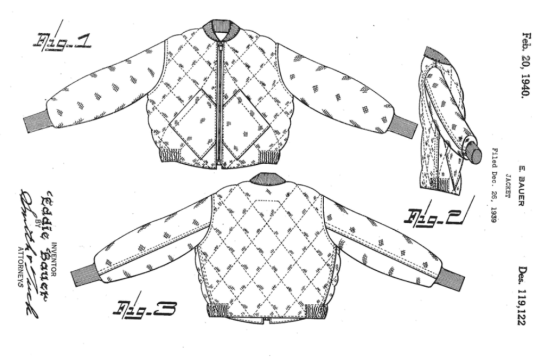
Eddie Bauer set upon designing his version of the jacket, which not only transformed his company, also the American landscape. His first design was the Skyliner, pictured above, which was a lightweight, diamond-quilted bomber with a nylon shell and down feather filling. It was the first down jacket with visible exterior quilting, and the diamond design prevented the insulation from falling to the bottom. The US government granted Bauer a patent for the design in 1939. According to the patent, Bauer held exclusive rights to the diamond pattern for 14 years, which he later expanded to 10 other designs for quilted clothing. Bauer advertised the Skyliner in Field & Stream, American Rifleman, and other hunting and fishing magazines, and sold it through his Seattle-based shop.
The Skyliner isn’t the first down jacket. People had been using down for insulation for decades up to that point. There were the Russian troops, notably, as well as an Australian chemist George Finch, who created the “eiderdown coat” for British mountaineers in the 1922 Everest expedition. But the Skyliner was the first lightweight, survival grade jacket made for the American public. Wool is insulating, but it gets heavy when wet. Waxed cotton repels water, but the old wax formulas at the time were brittle and smelly. Besides, treated cotton isn’t very warm. Goose down, on the other hand, breathes and can be sandwiched between any kind of material, so long as its quilted. It’s also lightweight and remarkably effective at keeping you warm in sub-zero conditions.
In 1942, after the bombing of Pearl Harbor, the US government contracted Eddie Bauer to make flying suits and sleeping bags for servicemen stationed in Alaska and Europe. The company came up with the B-9, the first down-insulated flying jacket made with accompanying down-filled pants. The suit was designed to keep aviators warm for up to three days in -70 degrees Fahrenheit and allow them to float with 25 pounds of gear for 24 hours. Bauer reported he didn’t make much money on that government contract, but those round-the-clock efforts indirectly turned him into a national brand. Inside every flying suit and sleeping bag was a machine-sewn tag that read: “Eddie Bauer, Seattle, USA.” This gave Bauer the broad customer base he needed when he later launched his massive catalog business. GIs back home knew exactly where they should buy down-filled clothing because they wore the company’s stuff while fighting fascism abroad.

Among vintage collectors, there’s a holy grail parka that stands above the rest. After the geopolitics of World War II, there was great interest in scaling the Himalayas as the border between Nepal and Tibet opened up for travel. An American expedition team of eight mountaineers, three of them from Seattle, asked Bauer if he could make them a mountaineering parka. Up until that point, the company was mostly known for its hunting and fishing equipment. The best mountaineering gear was made in Europe, but the American group wanted something domestic for their attempt at the first ascent up K2, the world’s second-highest mountain. The resulting jacket was the Kara Koram, named after the glaciated mountain range.
The ascent, sadly, ended in failure after a storm pinned the team down for ten days at 25,000 feet. One of the mountaineers, Art Gilkey, became critically ill when blood clots developed in his calf muscle. The team knew that if the clots moved to his lungs, they would kill him, so they wrapped Gilkey in a sleeping bag and tried to lower him to the ground. On their way down the treacherous rock and ice, and in the middle of a storm, climber George Irving Ball lost his footing pulled Tony Streather loose. Both men hurtled into the rope joining two other climbers below, who in turn flew down the slope into the cable connecting two more.
Pete Schoening, one of the last men on the line, had the strength, quickness, and skill to drive his wooden-handled ice ax behind a rock frozen in the ice, arresting the fall of all six men. During the team’s scramble to recover themselves, they discovered Gilkey, who had been in voice contact with the team and suspended in his protective sleeping bag, was now missing. Members later speculated he deliberately wriggled himself free and fell to his death to avoid burdening his imperiled companions. The dramatic story of this event, regarded as one of the most famous in mountaineering history, is relayed in Charles Houston and Robert Bates’ book K2, The Savage Mountain.
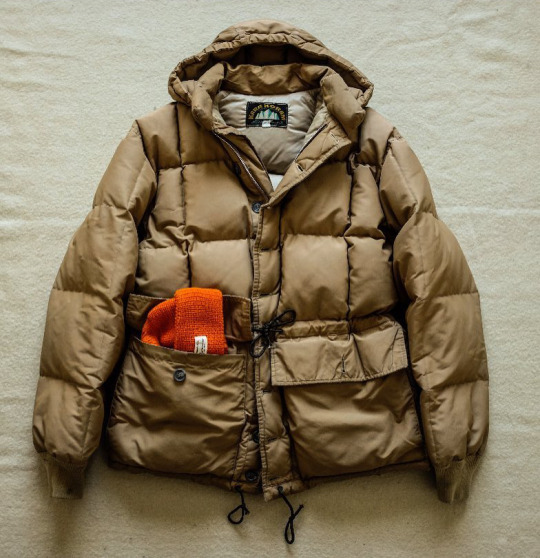
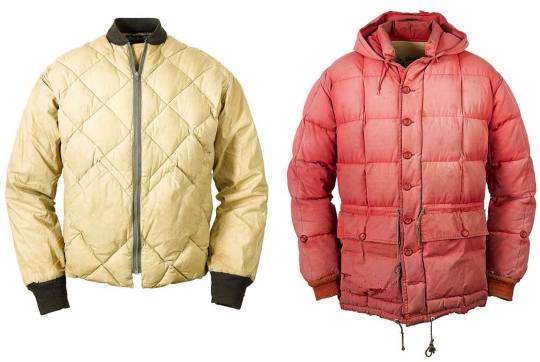
By the time I visited Eddie Bauer in the ‘90s, the company was already a shell of its former self. Bauer himself retired in 1968, and the company was sold to General Mills a few short years after. What was once a tremendous American outdoors brand became a purveyor of flat-front chinos and bizcaz button-ups for indoor living. The company dropped its tagline “Expedition Outfitter” and shifted its focus to lifestyle apparel, homewares, and Ford vehicle cross-branding. In 1988, General Mills sold the company to American catalog retailer Spiegel.
What follows is an all-too-familiar story of successive rounds involving bankruptcy and reorganization, with each new team of managers promising to restore the company’s former glory. In 2009, the company filed for another round of bankruptcy when it couldn’t keep up with the stress of its lagging sales and $427 million debt load. At the time, nearly 8,000 jobs were on the line. “Eddie Bauer is a good company with a great brand and a bad balance sheet,” Neil Fiske, the company’s chief executive, said in a statement. Upon reorganizing, the company outfitted two mountaineers as they took on Mount Everest: Ed Viesturs and Peter Whittaker. “This is a milestone for us,” Fiske said. “It puts us literally back on top of the world.”
There have been some successes since. Notably, the company collaborated with Nigel Cabourn, who did his take on Eddie Bauer’s classics. But the newly reintroduced Skyliner, which is understandably slimmed up to fit modern taste, lacks the verve of the originals. The thermals are made from a cheap 60/40 blend of cotton and polyester. About the only thing of interest is the B-9 parka, which the USAAF called the “Cold Weather Buoyancy Flight Suit” during WWII. It’s appreciably affordable for $329 at Eddie Bauer or $197 at Amazon.
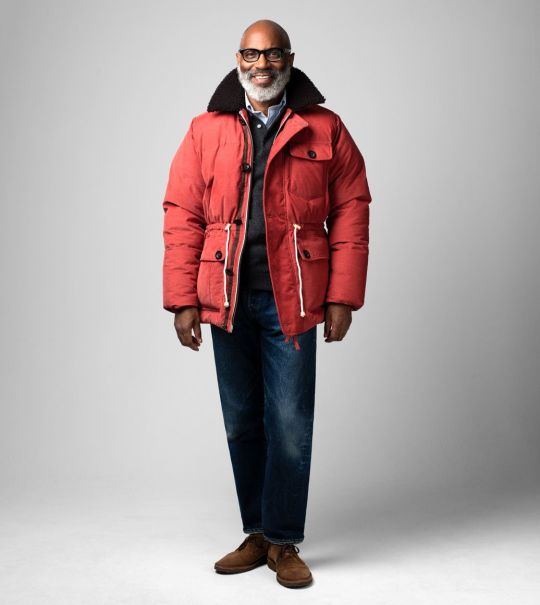
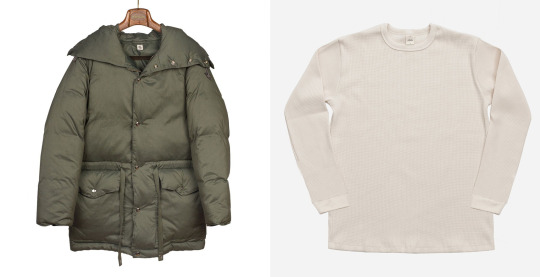
It’s easy to get cynical about the story of Eddie Bauer and see everything from market failure to the loss of a once-great American company. But nothing lasts forever, and Eddie Bauer left an important imprint on American style. Following his success, companies such as LL Bean and Woolrich sold their versions of down-filled clothing to eager Americans. Jansport, REI, and Holubar even offered DIY kits to people who wanted to build their own puffy vests and parkas at home. This helped create a taste and tradition for this style of clothing. When I interviewed Michael Hill about Drake’s new needlecord Expedition parka this season, he cited Eddie Bauer as a direct inspiration. “I used to love that old Eddie Bauer stuff as a kid,” Michael says. “Down coats today can be a bit technical, and we wanted this to be old-school. There’s a certain charm about that Eddie Bauer type of design.”
If I were to build that Eddie Bauer-styled look today, I’d get this dog-motif Shetland sweater from J. Crew, a waffle-knit thermal from 3sixteen, and some kind of plaid flannel from Drake’s, Filson, Gitman Vintage, Freenote, or Wallace & Barnes. Shoes would be Danner’s Crater Rim, all-black Blundstones, or Vasque’s Sundowner. Pants would be 3sixteen’s SL-100x jeans. And for that crowning parka, I wouldn’t turn to modern-day Eddie Bauer, but rather Drake’s, RRL, Eastlogue, or Aime’s new collaboration with Woolrich. Kaptain Sunshine also has a wonderful looking Expedition parka, which features a pullcord cinch waist and useful side-entry pockets. That’s available at No Man Walks Alone and Namu Shop, both sponsors on this site.
South Korean workwear brands The Outstanding Company and Hey Martini also have repros of Eddie Bauer’s Kara Koram parka. Both have online stores, but they’re a little hard to shop from unless you speak the language. A better bet would be to contact All Blues Company or The Archives, which are two British menswear shops that carry the version from Outstanding. For the true blue, vintage versions, however, check-in with Wooden Sleepers and Saunders Militaria (many of the photos of vintage coats in this post are from Saunders Militaria). They sometimes have the legendary originals.
